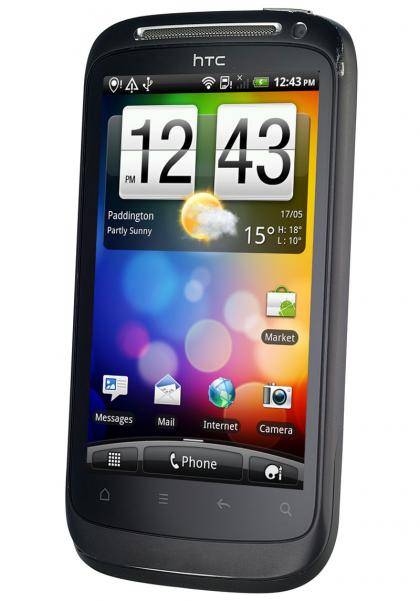The new HTC Desire S is a minor update to the original HTC Desire , with a slightly faster graphics processor, more memory, faster 3G and Wi-Fi support, plus Android 2.3. The newer operating system provided a huge speed boost, doubling its score in the Quadrant benchmarks, and it also adds many useful features such as improved text selection and power management.

Visually, the new Desire isn't that different from the old one; like the new HTC Wildfire S , it actually feels a bit chunkier than the original, even though in fact it's smaller and lighter. This could be due to the design: the large chrome grille above the screen makes the screen look smaller in comparison, and it's lost the physical buttons and the optical trackpad below the screen that made the phone longer and therefore appear slimmer.

There are changes inside, too, most notably an upgrade from Android 2.1 to 2.3 and a much larger helping of memory (although Desire owners can now upgrade to Android 2.2 and will gain most of the speed benefits). There's now 768MB of RAM compared to the Desire's 576MB, and internal storage has increased from 512MB to 1.1GB, leaving plenty of room for apps.
The S model also supports HSPA+, which uses multiple antennas to get increased mobile download speeds. At present only 3 has started to roll out support for this standard in the UK, with theoretical speeds of up to 21Mbit/s. However, those antennas should provide better connections to existing 3G standards too. The handset also supports 802.11n Wi-Fi, so you should see faster downloads when connected to wireless networks too.
While the processor in the Desire S has the same name, it's a very different chip. The 1GHz QSD8250 Scorpion processor in the original Desire was built using a 65nm process, whereas the new MSM8255 Scorpion is built using a 45nm process, so although it runs at the same 1GHz speed, it uses far less power and produces less heat. Which you can see in its far-superior battery life, up almost 50% to over 31 hours of constant MP3 playback.